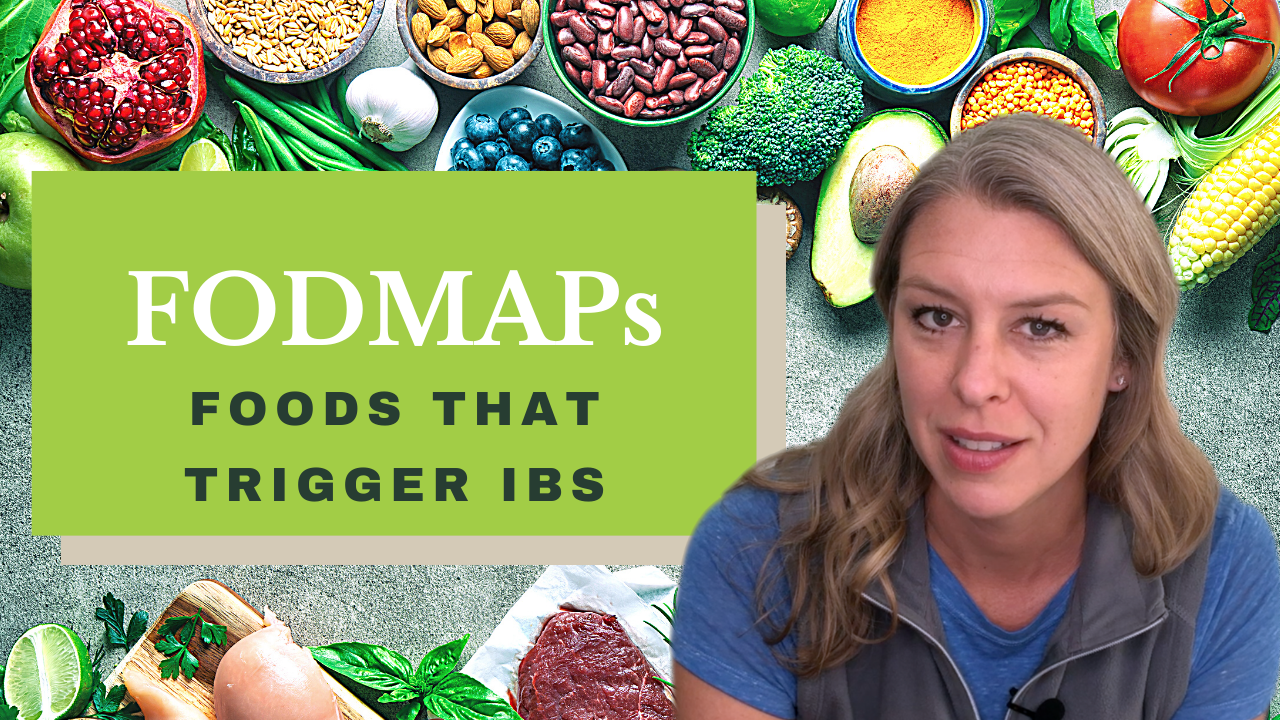Gas, bloating, diarrhea, stomach cramps. These are the common symptoms of Irritable Bowel Syndrome (IBS).
IBS affects 10-15% of the population, but often goes undiagnosed. For many sufferers, their symptoms are triggered by high-FODMAPs foods.
— What Are FODMAPs? —
FODMAPs is an acronym standing for: Fermentable, Oligo-, Di-, Mono-saccharides, and Polyols.
These are types of carbohydrates, certain starches and sugars, that are fermented when we digest them. This causes gas and belching, stomach cramps and bloating, and diarrhea and constipation.
— Where Are FODMAPs? —
High FODMAPs foods are found all over.
— Oligo-saccharides are fructans: They’re found in wheat and certain vegetables, like broccoli or onion.
— Di-saccharides include lactose and galactan. They’re in dairy products, like milk or yogurt. And also in beans and legumes.
— Mono-saccharides include fructose: They’re found in fruits, juices, and anything made with High-Fructose Corn Syrup.
— Polyols are sugar alcohols: They occur naturally in certain fruits and vegetables like apples, pears, asparagus, and even in low-calorie sweeteners.
— What Can You Do? —
If you suffer from frequent IBS symptoms, I recommend you try a low-FODMAPs diet for two to six weeks. In this trial, you reduce the amount of high-FODMAP foods to see if the symptoms get better. Then, in some cases, you can add them back and find out which ones are specific triggers for you.


